I am trying to debug performance issues with my app which loads long list. Each item in list has a lot of bindings.
I changed bindings to use the new format prefixed with :: . I counted my watch for 12 items, it came as 887 same number as before.
I then added bindonce (pasvaz bindonce library) to one field in the list and the number of watches came down from 887 to 667. I was under the impression that both of them are equivalent. What am I doing wrong? I used this method to check the number of watchers on the page.
Update : Angular batarang still shows one-time binding in the performance tab
{{::arr.length}} 7% 60.12ms
technically,it shouldn't be coming up in the list right ?
Example 
Update 2 : plnkr.co/edit/khB1hkEEvXfIQrETJ2TT?p=info . I made a plunkr.I would like to know the number of watches that Angular will put for this ? And how would bindonce will be different